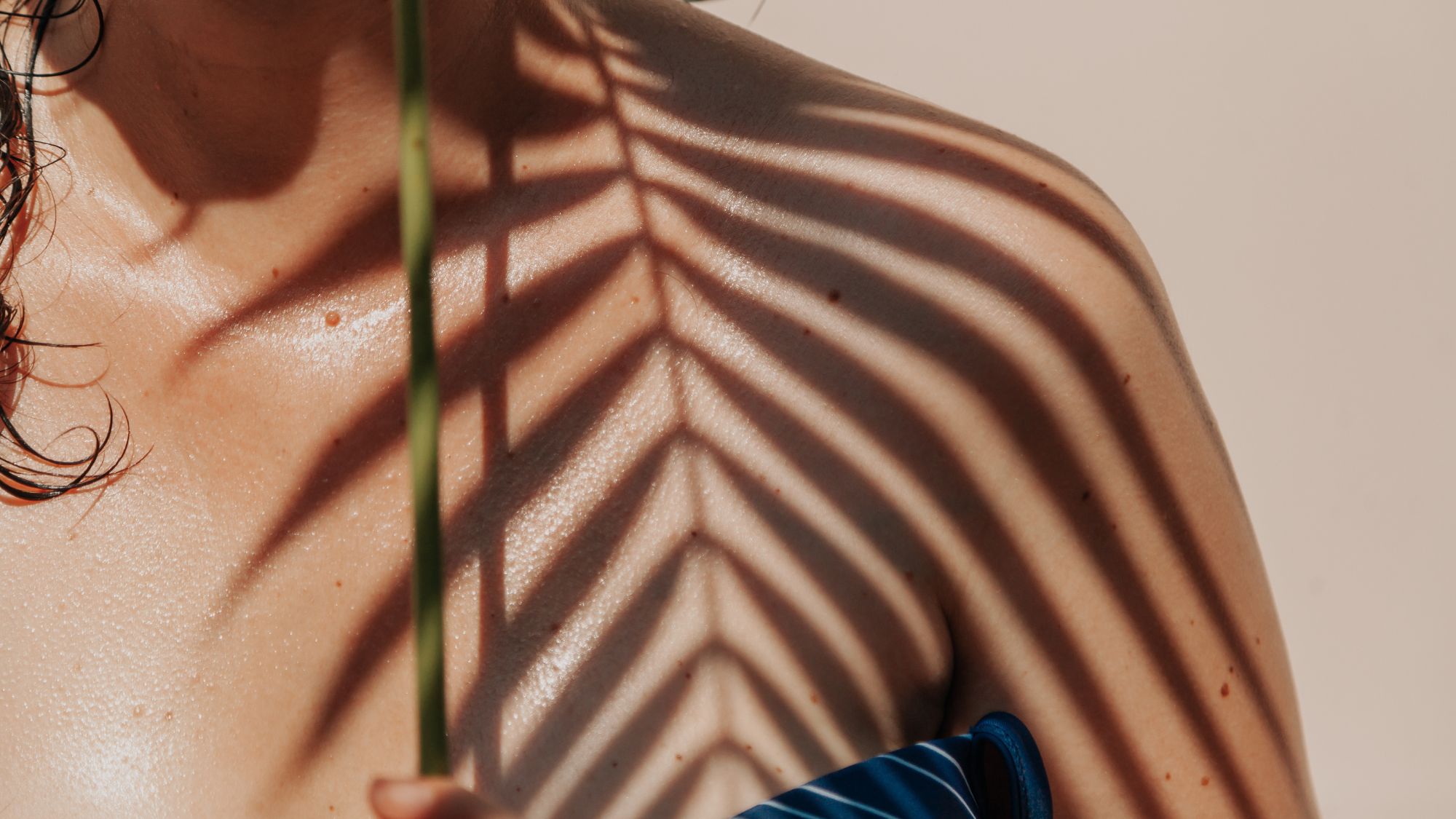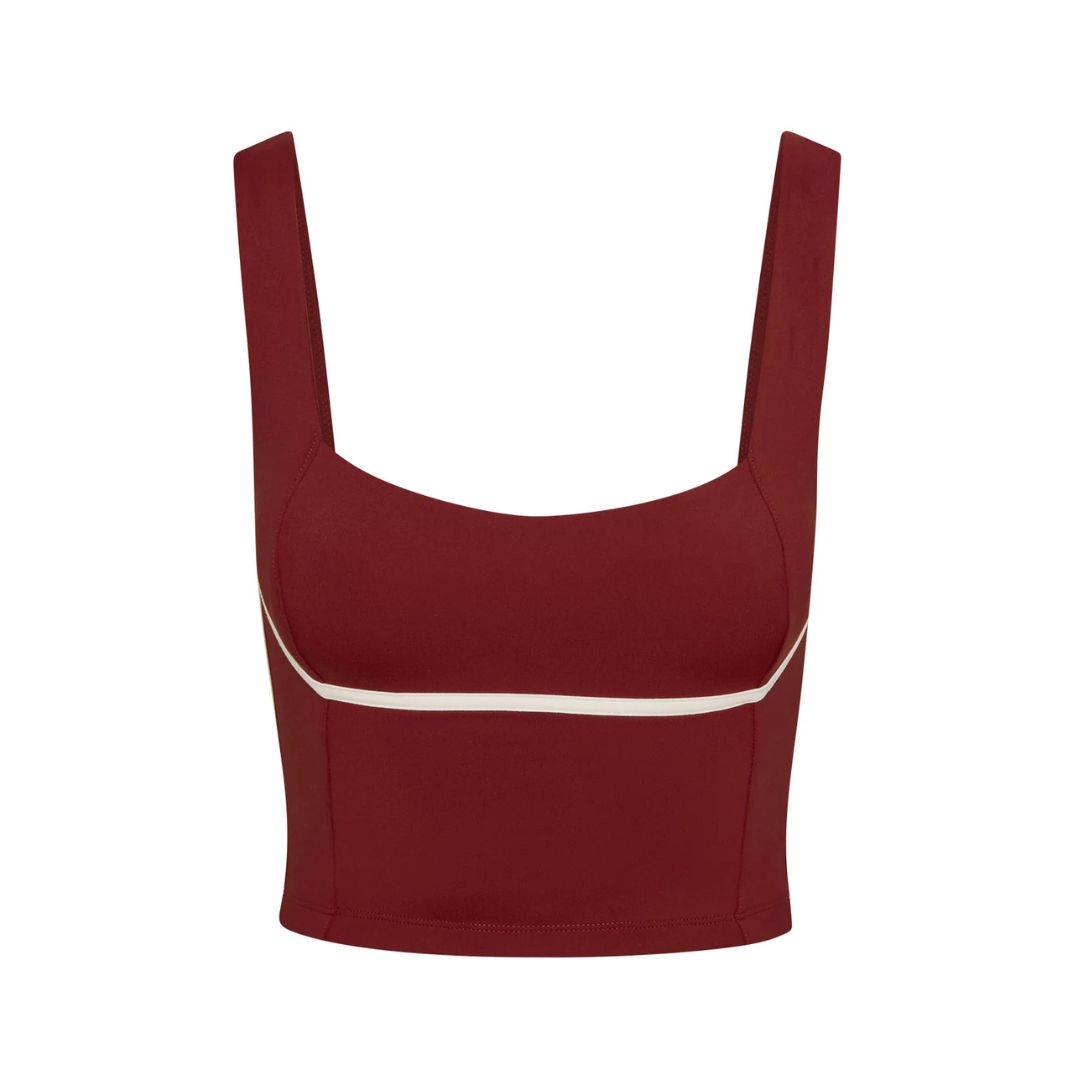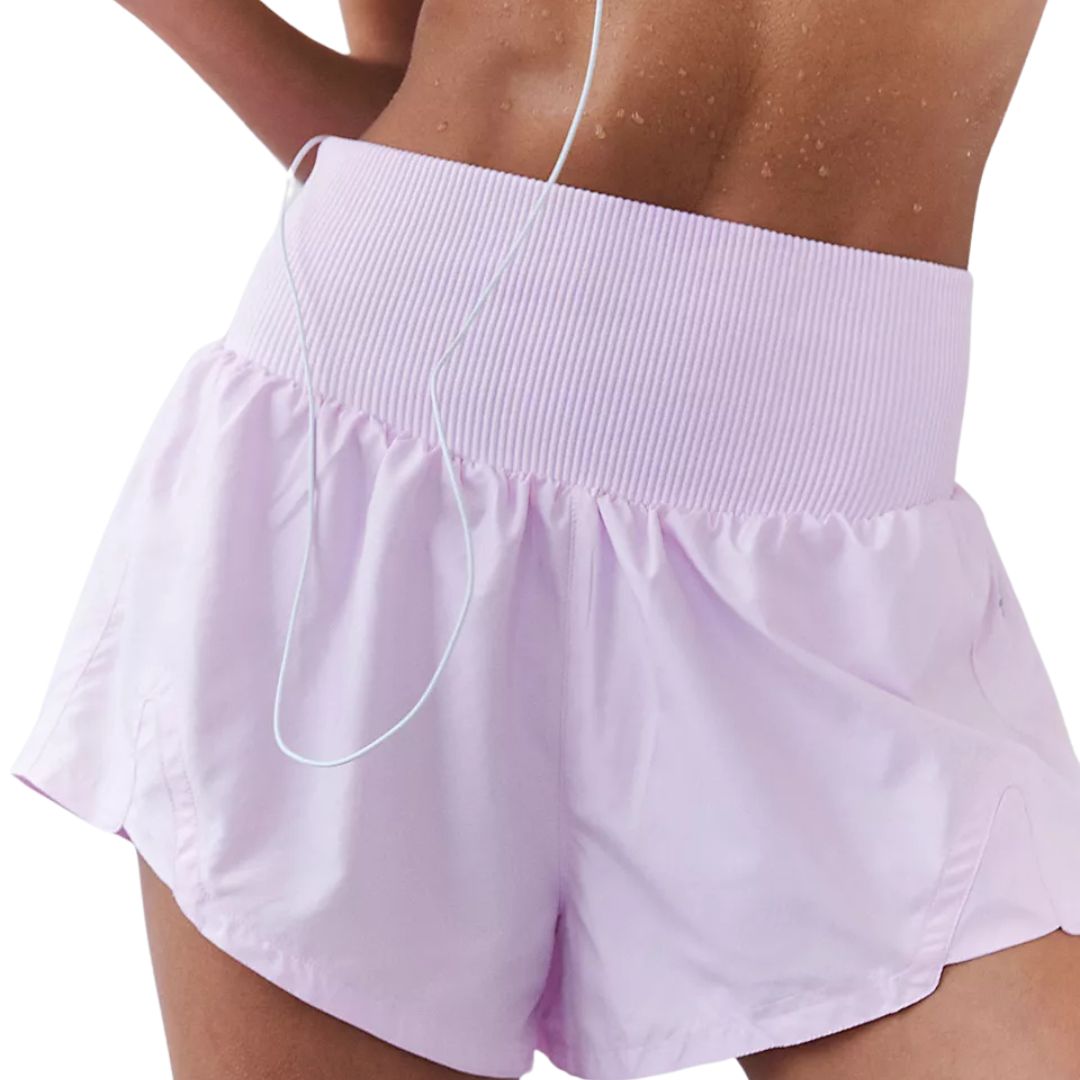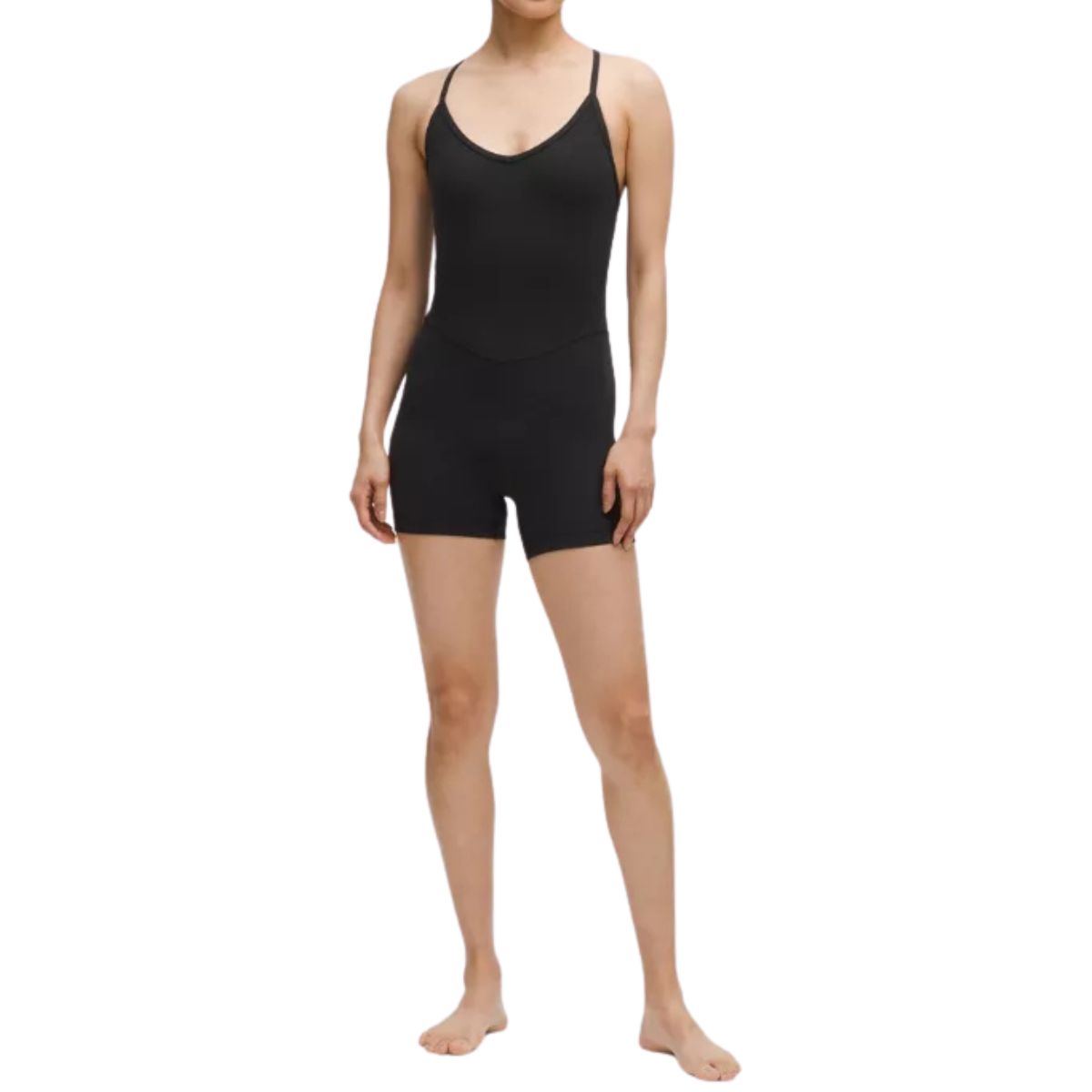Trust Us - Contrast Therapy is the Latest Cool-Girl Wellness Trend to Have On Your Radar
Ice, ice baby.


First came cryotherapy, next? Ice baths and infrared saunas. Now? London’s wellness enthusiasts are taking the hot-cold ritual to the next level with contrast therapy, a trend that’s racking up millions of views on TikTok and making waves at sleek new wellness spaces like Arc Community and Sauna & Plunge.
Seen contrast therapy trending and not exactly sure what it is? Or, understand the trend but not sure whether cold plunging in aesthetic copper tubs is more than just an over-hyped wellness flex that looks great on your social media grid?
I'm a Health and Fitness Writer with years of experience under my belt, so I'm no stranger to trialling TikTok's ever-evolving wellness trends. Having tried contrast therapy myself, there’s something undeniably powerful about stepping into an ice bath post-workout, a ritual that screams, "I can do hard things".
Contrast therapy certainly has an allure, especially when you're seeing every influencer under the sun trying it on your social feeds. But unlike your average wellness craze, it actually comes with some compelling science - and a few warnings.
Keep reading for the complete low-down on contrast therapy, plus the expert's take on whether or not you should give it a go. Eager to read more on the latest wellness trends? Don't miss our guides to cold water therapy, ice baths, and the viral Wim Hof method, not forgetting the science-backed benefits of using a sauna, while you're at it.
Seen contrast therapy trending on TikTok? Your expert-led guide
What is contrast therapy?
Contrast therapy involves alternating between hot and cold temperatures, usually a sauna followed by an ice bath, in quick succession. The idea is to trigger what’s known as "thermal cycling," creating rapid changes in your blood flow and nervous system to boost recovery, immunity, mood and more.
While it sounds like the stuff of elite athlete recovery rooms, this ancient ritual has roots in traditional Scandinavian and Japanese culture. The modern version, however, has been embraced by everyone from biohackers to busy millennials looking to reset their nervous systems after a long day of Slack notifications.
Celebrity news, beauty, fashion advice, and fascinating features, delivered straight to your inbox!
What does contrast therapy entail?
At its most basic, a session might involve 15 minutes in a sauna followed by 2–3 minutes in an ice bath, repeated for up to three rounds. Some boutique studios, like Arc Community in Canary Wharf, elevate the experience with guided breathwork, ambient lighting and even sound therapy.
Alanna Kit, psychedelic neuroscientist and co-founder of Arc, says their approach to contrast therapy is about more than physical recovery.
"We wanted to create a space that brings people together in a healthier, more connected way, especially post-COVID," she says. "The space itself reflects the natural elements: clay floors, cedar wood, water, fire. It’s designed to ground you."
And grounding, it seems, is what many of us are looking for - with 58 % of Londoners reporting multiple symptoms of poor mental health, and 40 % admitting they often feel "nervous, anxious or on edge," per Hestia’s 2025 London Mental Health Index.
What do the experts think about the trend?
From a physiological standpoint, contrast therapy can support both physical recovery and mental resilience, says Clare Walters, Mind and Body Master Trainer at Third Space London.
"The alternating phases of vasodilation from heat and vasoconstriction from cold create a pumping effect in the vascular and lymphatic systems," she explains. "This helps flush out waste, reduce DOMS, and deliver nutrients to the muscles. It’s especially great after cardio or endurance sessions."
But it’s not just about the body. "Alternating temperatures stimulate the vagus nerve, help regulate the nervous system, and can even boost dopamine and endorphins," says Kit. "Many guests describe a post-session euphoria - it’s a completely natural high."
There’s also growing scientific evidence to back this up. A 2022 study found that whole-body cold water immersion reduced inflammation and improved mood in participants, noting that thermal stress (hot and cold exposure) increases brain function and cognitive performance.
A post shared by ARC (@arccommunity_)
A photo posted by on
Are there any risks or downsides?
While contrast therapy is generally safe for healthy adults, both experts are quick to add that it’s not for everyone.
"It’s not recommended during pregnancy, and anyone with high or low blood pressure, heart issues, or a history of fainting should check with their GP first," says Walters. "Start slow. Don’t go straight for the 2°C ice bath. The goal is resilience, not shock."
Kit adds that hydration is often overlooked. "You’re detoxifying, but you’re also losing minerals. We always recommend electrolytes and remineralising post-session."
And while contrast therapy can work wonders for cardio recovery, it’s not ideal straight after strength training, Walters notes. "It may interfere with muscle and strength gains - use it on rest days or wait at least six hours post-lift."
"The experience changed my outlook on what I could achieve."
For Nicola Cacioppo, breathwork practitioner and co-founder of Delphy Pool, her first experience with cold water therapy wasn’t about trends or recovery; it was about survival.
"Before Delphy even existed, I took my first cold dip in the ocean in winter. I was absolutely terrified, but the feeling that followed stayed with me all day," she recalls. "It was like something inside me unlocked. At the time, I wasn’t chasing wellness - I just needed to feel something different. That experience changed my outlook on what I could achieve. It made me realise there was a strength and stillness inside me that I hadn’t tapped into before."
While many people discover contrast therapy for its physical recovery benefits, Nicola says the transformation for her has been deeply emotional and mental.
"For me, it’s less about the body and more about peace. The Nordic cycle, especially that moment of deep heat after the cold, gives me space to breathe and just be. It’s meditative. It helps me move through fear, stress, and self-doubt. There’s a quiet confidence I carry now that I didn’t have before."
Through her work at Delphy, she now guides others through wild cold water immersions and wood-fired heat sessions, helping them experience the same resilience.
"I teach hundreds of people now to embrace the elements. Every session is about more than just contrast therapy. It’s a way to come back to yourself. It reminds me I’m capable of more than I think, and that returning to nature can be the most powerful kind of medicine."
Is it a must for everyone? No. But if you’re looking to shake off stress, soothe your sore muscles, or just feel something (anything!) again, contrast therapy might just be your new ritual.
Shop MC UK approved wellness products now:

Georgia Brown is a freelance journalist covering fashion, lifestyle, heath and fitness. With bylines in Harper’s Bazaar, Women’s Health, and HELLO! where she formerly held the position of Senior Lifestyle & Fashion Writer, she’s also the co-founder of run club Sunnie Runners and is a devoted marathoner. With a particular love for sustainable fashion and slow living, Georgia can often be found sifting through London's best vintage stores to find the best pre-loved pieces.


